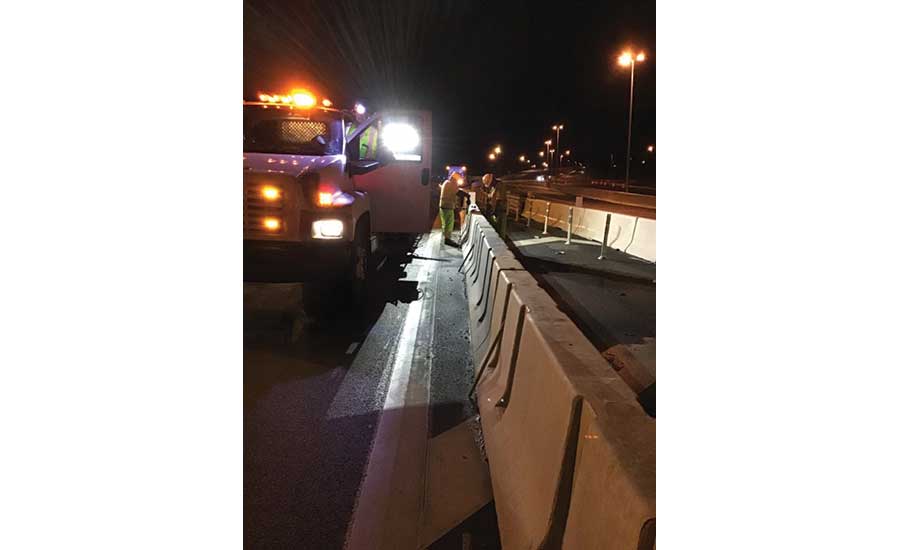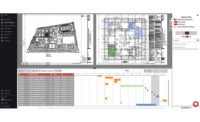If necessity is the mother of invention, frustration must be its father. For civil engineer Javier Devesa, a highway construction project manager in Washington, D.C., his frustrations with manually planning and filing lane closure requests with the DOT have inspired him to invent a better way.
The result is Nodum, a software service launched Aug. 12 that is designed to help general contractors optimize lane closures—streamlining planning and minimizing duration. It also is aimed at DOTs to help them accomplish projects with less traffic aggravation, and at the public, to help drivers and logistics managers not only avoid detours and closures, but to see where and when they are planned in the future.
“Nodum is the Latin word for knot, or intersection,” Devesa says. “I thought it was a catchy name … it’s like 100 ways to untie a knot, and there are 100 ways to plan lane closures. Everything is like a knot. Everything is a mess.”
Devesa says he decided to create an algorithm and designed it in an Excel spreadsheet. “Then we built a software around it,” he says. He tested it as he worked on jobs in Dallas; Ft. Worth, Texas; and Washington, D.C. Now the software has been three years in development and has led to the founding of an independent company, Nodum Traffic SL, which has a team of seven founders, who are engineers, software developers and lawyers. It does not yet have a customer, though, although Devesa says he is in negotiations with an unnamed prospect.
Nodum’s primary goal is to get the optimal schedule for traffic closures and detours in a highway construction or maintenance project, reducing duration and cost. Its algorithm starts with the constraints set by the DOT on disruptions and then applies those to the contractor’s proposed traffic management plan. It detects conflicts or possible congestions and suggests practical alternatives to get to the most efficient schedule.
Nodum’s publicly available, map-based web interface provides a live status view of traffic, like Google Maps or Waze, but goes beyond that to show future closures scheduled to happen. “Nodum is not predicting traffic based on statistics. Nodum knows the traffic management schedule from the general contractor and shows it in the map,” Devesa says.
He envisions Nodum’s database growing to capture traffic disruption plans from contractors all over the country, branded with their logos and offered as a free service to the public.






Post a comment to this article
Report Abusive Comment